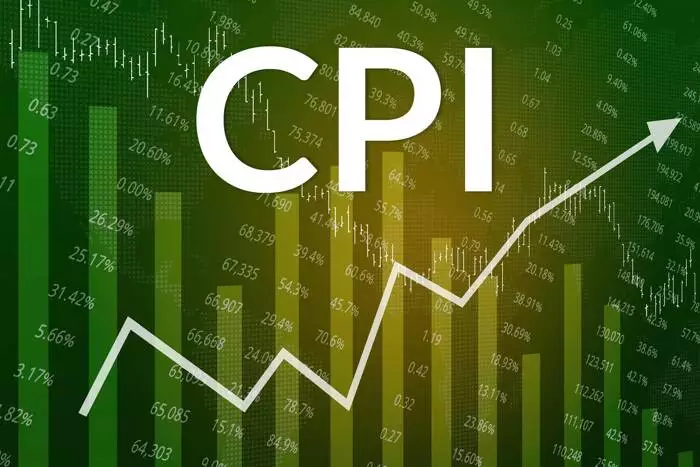The world stage is currently marked by a volatile blend of geopolitical tensions and economic uncertainties, but within such chaos lies immense opportunity for astute investors. Recent threats from the United States regarding Russia, coupled with diplomatic maneuvers and military supplies to Ukraine, clearly demonstrate a strategic stance that aims to exert pressure while signaling resilience. The U.S. government’s insistence on leveraging tariffs as a tool for diplomacy highlights an ongoing shift towards economic measures in conflict resolution. If Russia fails to reach a ceasefire within the specified timeframe, the threat of imposing secondary tariffs could significantly escalate price pressures and market volatility. While immediate market reactions may fluctuate, these tensions underscore the importance of viewing geopolitical risks not as disruption, but as a catalyst for investment diversification and strategic positioning.
Economic Indicators as Leading Signals
Meanwhile, economic data points such as inflation figures serve as vital indicators of underlying market health. The upcoming U.S. CPI report, expected to show a modest uptick, offers more than just a snapshot of inflation—it is a barometer of how tariffs and geopolitical upheavals influence price stability. Investors should interpret this release not in isolation but as part of a broader narrative suggesting inflationary pressures will persist but will likely remain within manageable bounds. This cautious outlook could bolster the U.S. dollar further, especially if incoming data points to higher-than-anticipated inflation, prompting a flight to safe assets like Treasuries. The fact that technical charts reveal minimal resistance left on the upside offers additional confirmation: the USD is poised for potential appreciation, fueled by both fundamental and technical factors. Savvy investors might find this environment ripe for strategic currency positioning, riding the wave of dollar strength driven by real economic fundamentals rather than speculative excess.
Policy Outlook and Global Economic Management
The markets are also paying close attention to political speeches and policy signals that could shape future economic landscapes. UK Chancellor Rachel Reeves’ upcoming address at Mansion House stands out—not just as a rhetorical event but as a barometer of the UK government’s resolve in facing economic slowing, high debt levels, and subdued investment. Her speech could set the tone for fiscal policy directions, influencing bond markets and currency flows. The UK’s economic narrative is increasingly interconnected with global risk sentiment, making her words particularly consequential for both domestic and international investors. Similarly, the earnings reports from major banks such as JPMorgan, Wells Fargo, Citigroup, and financial giant BlackRock provide crucial insight into the health of the financial sector—an essential pillar that often predetermines broader market performance. A resilient banking sector signals confidence, which in turn fuels growth trajectories and offsetting concerns amid geopolitical tensions.
Market Sentiment: Navigating the Crosscurrents
Amid all these factors, early European market movements suggest a cautiously optimistic environment. Futures and indices are climbing modestly, reflecting investor resilience despite underlying uncertainties. This resilience is a testament to market participants’ ability to look beyond short-term volatility and focus on long-term opportunities. For investors willing to adapt and leverage market signals, the current landscape offers numerous avenues—from currency positions bolstered by inflation expectations to diversified exposure in sectors poised for growth despite geopolitical headwinds. The key lies in maintaining a strategic outlook that recognizes risks as potential entry points for gains. Embracing this mindset means being prepared for turbulence—yet capitalizing on it through disciplined analysis and flexible investment strategies.
The interplay of geopolitical threats, economic data, and policy developments is shaping an environment teeming with opportunity for the discerning investor. Rather than succumb to fear or complacency, embracing the complexity of these developments can unlock avenues for sustainable growth. The future is not predetermined by current events but shaped by how investors interpret and respond to these signals. With strategic insight and agility, the current period can serve as a launchpad for long-term financial success.

